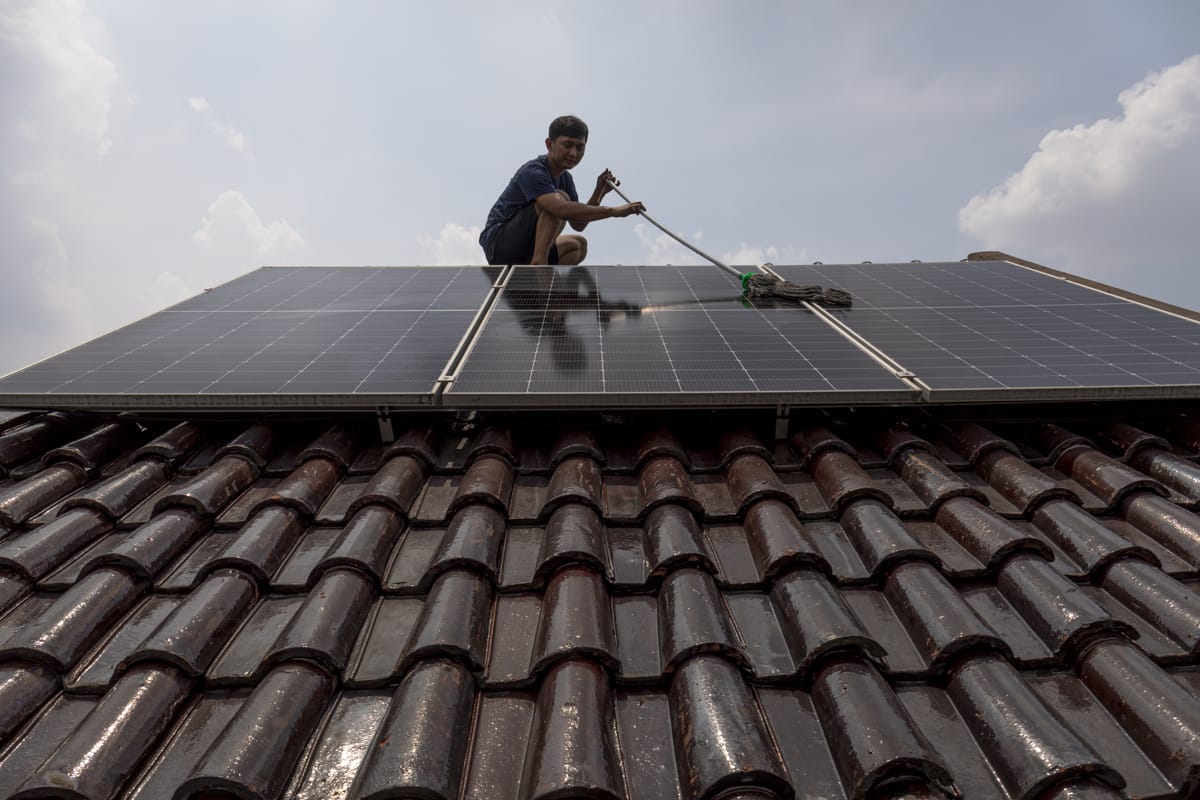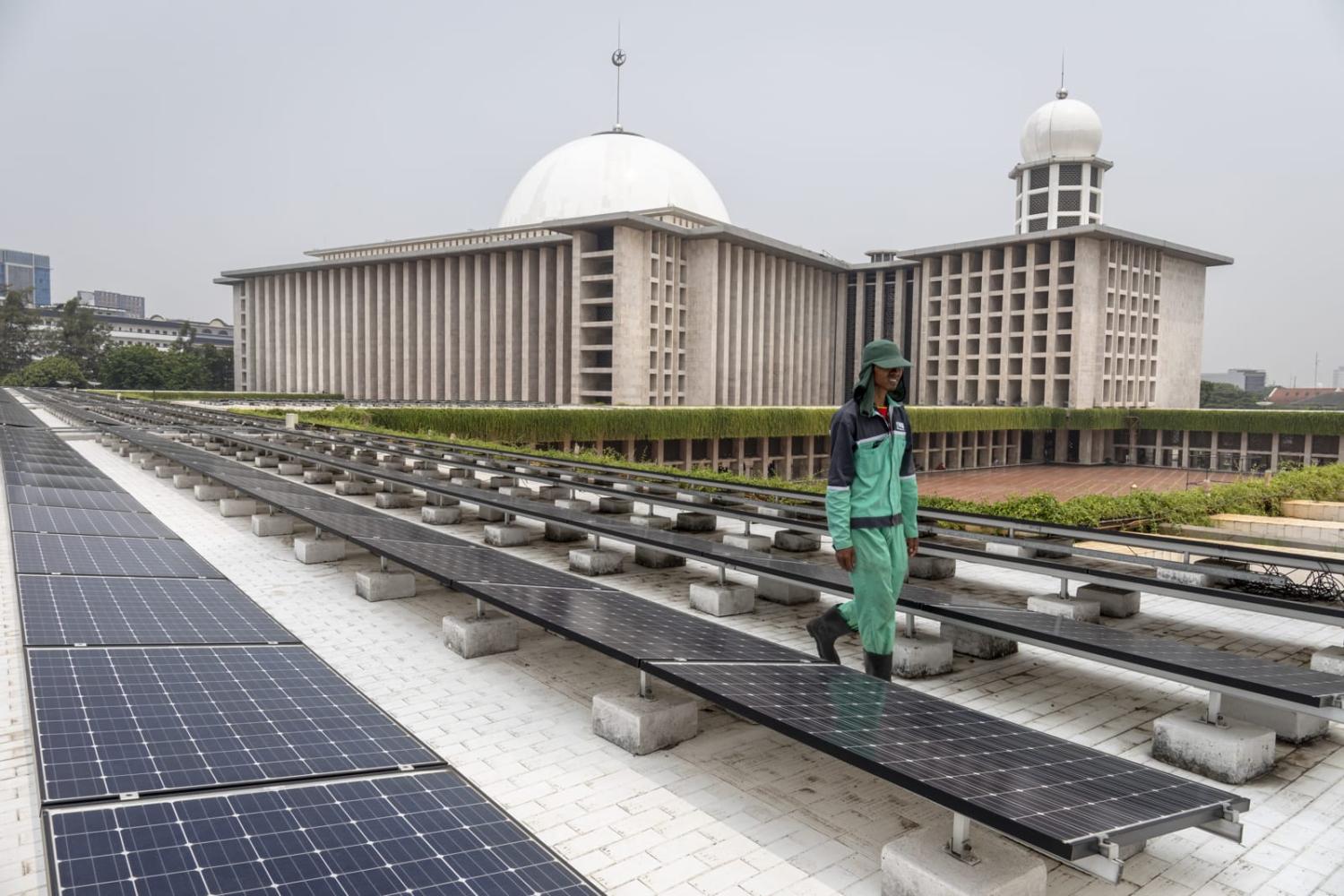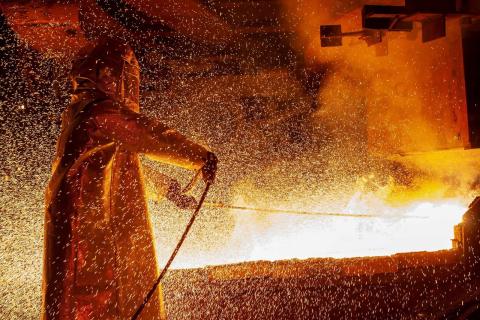Australia’s $2 billion Southeast Asia Investment Financing Facility (SEAIFF) is a catch-all response to diverse objectives. It was a “deliverable” – or at least an “announcable” – at the March meeting with ASEAN countries. More substantively, the fund aims to address Australia’s weak investment links with the region, as identified in the report presented last year by Special Envoy for Southeast Asia Nicholas Moore. It also seeks to contribute to funding the huge shortfall in regional infrastructure and address the lagging regional clean energy transition.
Let’s not be cynical about the multiplicity of objectives. Instead, let’s see how the dollars can be put to best use.
Where is Australia’s comparative advantage? What have we got to offer that would be of most use to the region? At the same time, how can we foster business links, advance our own regional objectives, and promote climate-change transition?
It’s not an accident that Australia has weak business links with the region. Many of our main exports are competitive rather than complementary. Some of the key required skills, qualities and experience are not well developed here. Australian companies are more constrained by laws, regulations and practice, compared with their more free-wheeling competitors from elsewhere in Asia.
The Moore report, understandably, took an up-beat view on the opportunities, but it didn’t address the obvious question – if there are such good opportunities, why have so few Australian businesses taken them up in the five decades of strong regional growth? Some answers might be found in the report’s case studies of success. The diverse failures might have been more illuminating, where Australian firms found the challenges just too hard.
Of course, the fund should support viable Australian business proposals. Realistically, however, viable proposals will not use up all the available funds. SEAIIF’s remit should be broadened beyond business links.
Our notable past successes in building relationships were not among private-sector entrepreneurs, but rather in the public sector: education and administration. Using Indonesia to illustrate, relationships between the armed services go back many years, with Timor-Leste’s independence trauma illustrating the dividends. Australian Federal Police built a close relationship, which paid off hugely after the 2002 Bali bombings. Our Treasury has a mutually beneficial relationship with its Jakarta counterpart. We should build on these public-sector institutions, including our universities and semi-government bodies, as well as our private sector enterprises.

What about the third specific objective: promoting clean energy transition?
We don’t have comparative advantage in manufacturing batteries, electric vehicles, solar panels, wind turbines, transmission facilities or generators. Our construction and engineering capacity will be fully occupied for many years in meeting our own transmission needs. But we are, already, clear world leaders in rooftop solar.
Rooftop solar linked into the electricity grid is enormously complicated, requiring research, learning by doing, experimentation, model building, installation skills, coordination, development of technology, and regulation. Australia is the world leader in know-how and practical implementation of rooftop solar.
Our experience is setting the standard for technical kit and is driving technical advances. Our hands-on running of virtual power plants (VPPs) provides practical know-how. Australia has long experience in market-based variable pricing for intermittent energy sources.
Our solar energy expertise comes at all levels. Research at the University of NSW in Sydney dramatically increased solar panel efficiency. Chinese students who had participated in this research took the technology breakthrough back to China and set up the first large-scale panel manufacturing. Some see this as a lost opportunity. Better to see this as a hugely consequential contribution to global climate response, for which Australia should take full credit. UNSW provided the intellectual input without patent restrictions: China supplied the manufacturing grunt, subsidies, and industry policy to achieve the scale needed for viability. The global environment is the great beneficiary.
The recent Memorandum of Understanding between Export Finance Australia (EFA) and PLN, Indonesia’s state-owned monopoly electricity provider, provides an example of opportunity waiting to be given content. The CSIRO’s recent workshop in Jakarta, under the Climate Infrastructure Partnership, could be the start of something much bigger.
There is strong public support here for such cooperative initiatives. Solar has influential endorsement in Jakarta as well: the colossal Istiqlal mosque runs on solar panels and the Grand Imam is an active proselytiser for solar.
What administrative framework might successfully encompass unconventional ideas such as this? SEAIIF will be channelled through EFA (the successor to EFIC), which administers similar government funds with specific objectives, such as the Critical Minerals Facility. Unsurprisingly, the government turned to EFA to implement SEAIIF.
But EFA’s usual modus operandi and governance would not be flexible enough to handle the sorts of initiatives envisaged. Nor would its staff have the relevant skills and organisation to initiate, assess, coordinate, and administer such endeavours. They are financiers, not entrepreneurs. Their forte has been, for example, contributory funding for Rio Tinto’s Oyu Tolgoi copper mine in Mongolia and joint funding with EFA’s foreign counterparts and multilateral development banks. Valuable as such big-ticket projects are, our contribution has always been modest, with little operational influence and few collateral benefits.
This approach requires something more like DARPA, the offshoot of the US Defense Department, which played a unique role in developing transformative technologies such as GPS, the internet, and the personal computer. Guided by broad goals and priorities, it gave generous and sustained funding to universities, industry, and government agencies, and actively coordinated the efforts.
Of course, there are other innovative possibilities beside solar – in education and critical minerals, for example. But the guiding criterion must be to use our comparative advantage.

